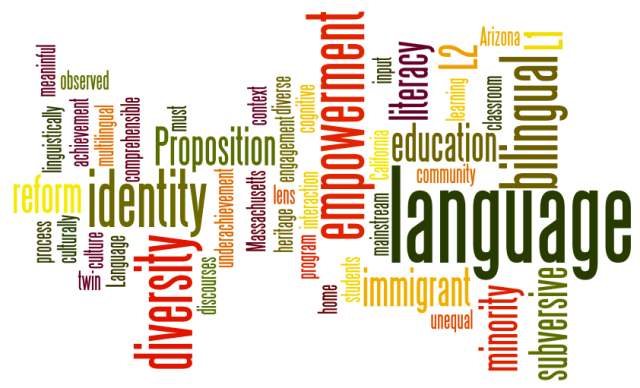[LINGUISTICS] Style, Dialect, Variety, Linguistic Repertoire & Speech Function?

Sociolinguists deal with several concepts on how people communicate in terms of the style they are using, the distinctive regional or national dialects, the language dimension of codes, and some other functions in either social or functional contexts. Holmes (2008:1-2) gave good example of two conversations that occurred due to the function and definition in the social context. In these example, we could also see the indication of social identification, intended or unintended. This scale or range is defined as ‘Style.’. Chambers (2001:4-5) also implied that style is defined as the dimension of speech which people use to convey the social factors.
Beside style, another factor that influence people to talk the way they do is the dialect in terms of linguistic variations; sounds, word-structure, grammar and as well as vocabulary. (Holmes 2008, p.4). A person’s origin may be fully acknowledge further hand as to define his/her proud identity. There are of course people who could manipulate their own dialect but what I can belive is that dialect actually strengthen the proudness of one nationality or regionality. Mesthrie, et al, (2000:45) reported that dialect in sociolinguistic is also used to describe the speech characteristics by defining it with social or occupational characteristics rather than regional alone. With this statement I can highly confirm that dialect is indeed one of the linguistic tool to give self-remark acknowledgement to a certain range of conversations or speeches.
Having style and dialect as tools in linguistic approach may not yet be adequate without looking at one of the factors that influenced a person undergoes a set of linguistic forms under specific circumstances, this set is defined by Holmes (2008, p.8) as “Variety” or code. This tool of codes of variety of linguistic usage is also pretty much the same usage as in dialect; as Mesthrie, et al, described it in a social construct, “Variety is a particularly useful one to avoid prejudging the issue of whether a given entity is a language or dialect. (p.9). In short, when someone is talking to someone else, usually they will use these codes to defined how they must and will talk.
Further discussing about how people could use the variety in their communication thus will not prevail to eventually discuss about how the some societies have some definite varieties of repertoire, Holmes (2008:8) defined that this repertoire that influenced the way people talk to others (including how to use the style and dialect) is also called linguistic repertoire.
Of course, a sociolinguists will also see a communication happens in the scales of referential which is based on implying or giving information and, affective which is based on feeling or giving acknowledgment about one’s feeling to one another. These two concepts is defined by Holmes (2008:11) as the function scales. In here we could see that a speech or any types of communications occurred based on the several dimensions of social and also functional aspects, some which have been mentioned above. So having style to put the lines clearly, will eventually surfacing the dialect and the chosen variety or repertoire to be analyzed in further need of functional aspects. These are the definitions of these five keywords that will definitely relate with any sociolinguists wherever they are.
REFERENCES
Chambers, J. K. (2001). Sociolinguistic Theory: Linguistic Variation and its Social Significance. Blackwell, USA.
Holmes, J. (2008). An Introduction to Sociolinguistics. (3rd Eds). Pearson Longman. United Kingdom.
Mesthrie, R., et al,. (2000). Introducing Sociolinguistics. Edinburgh University Press. Edinburgh.


Comments :